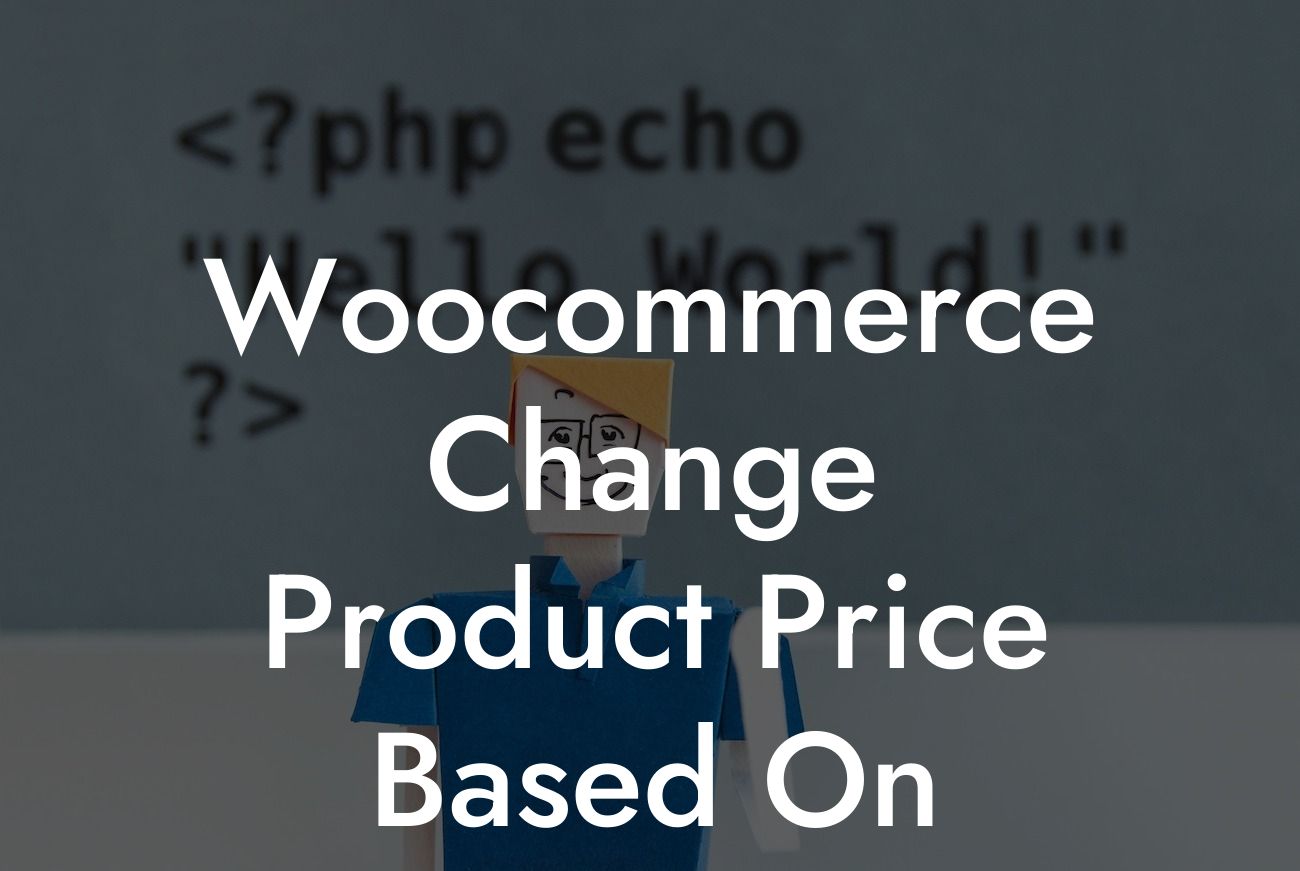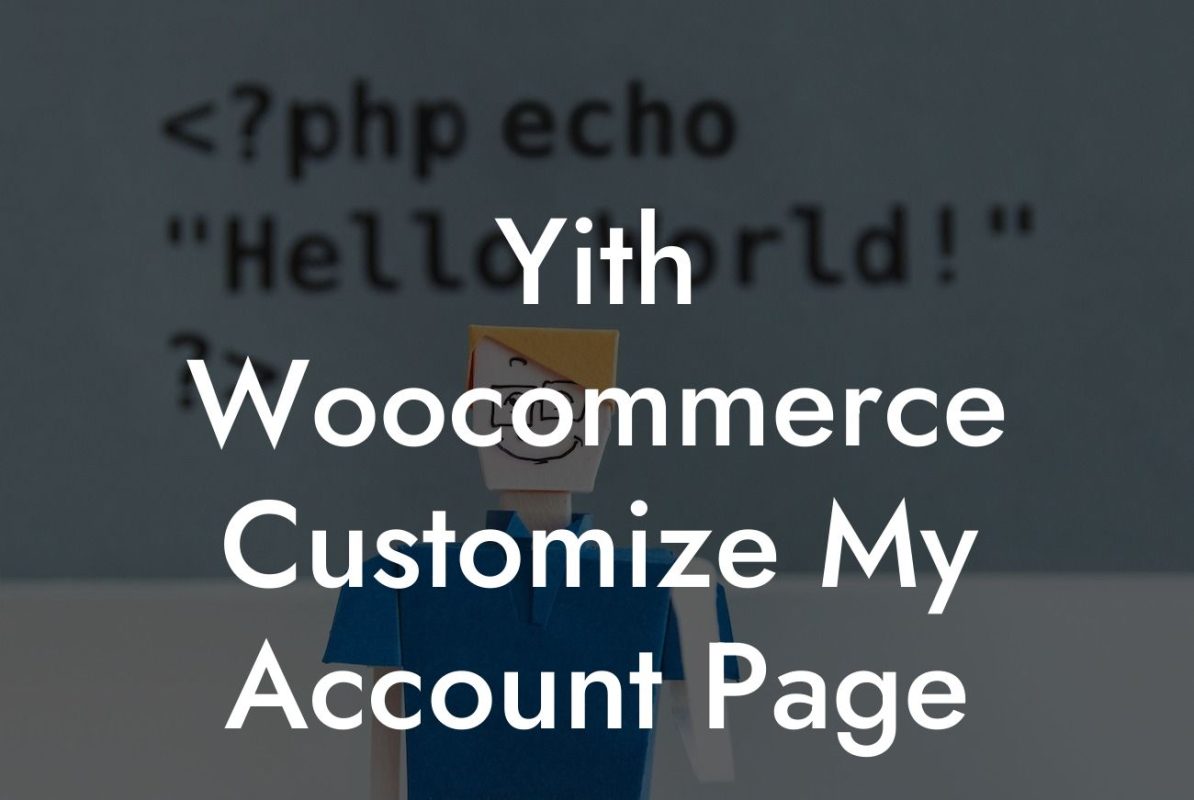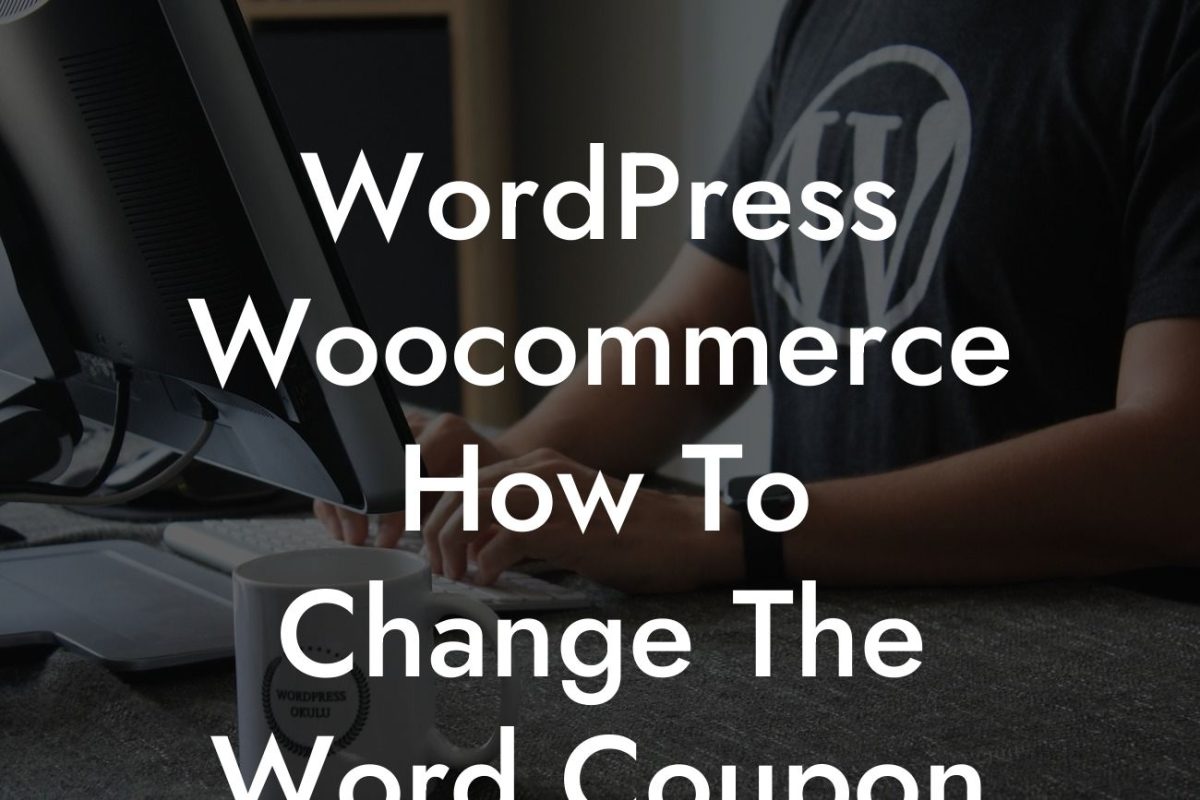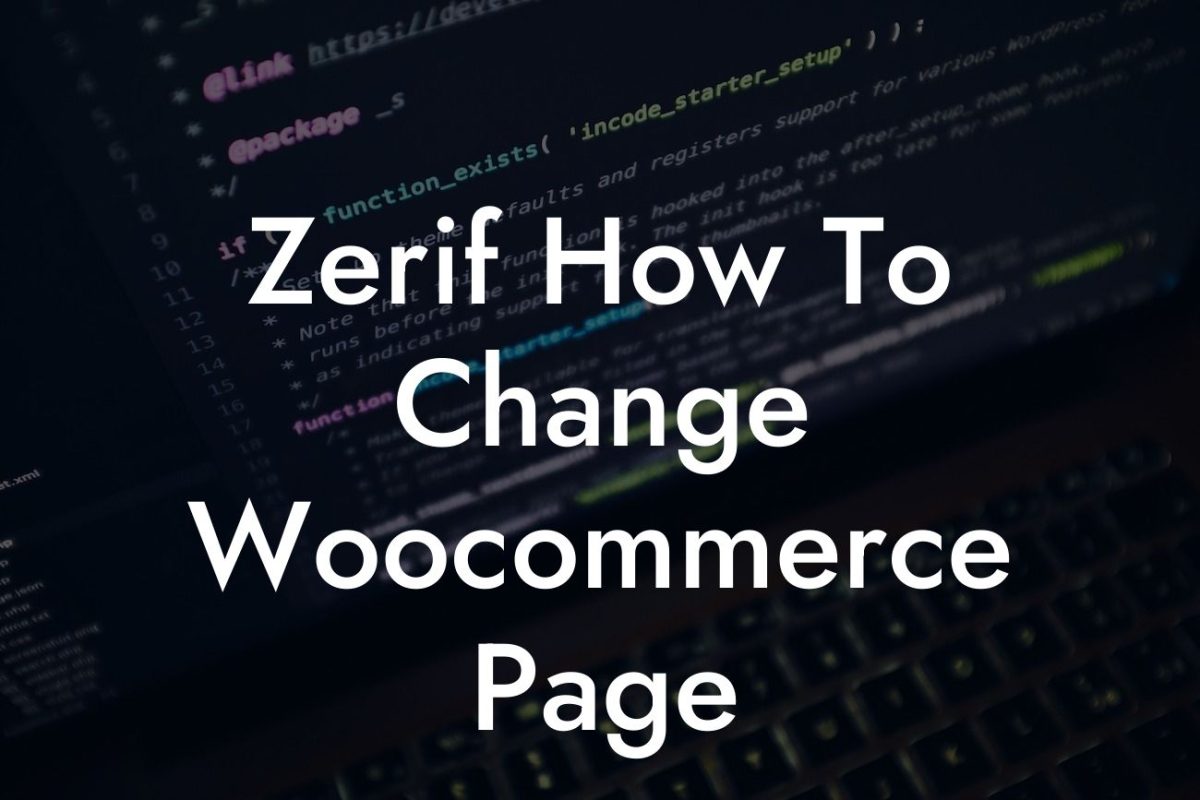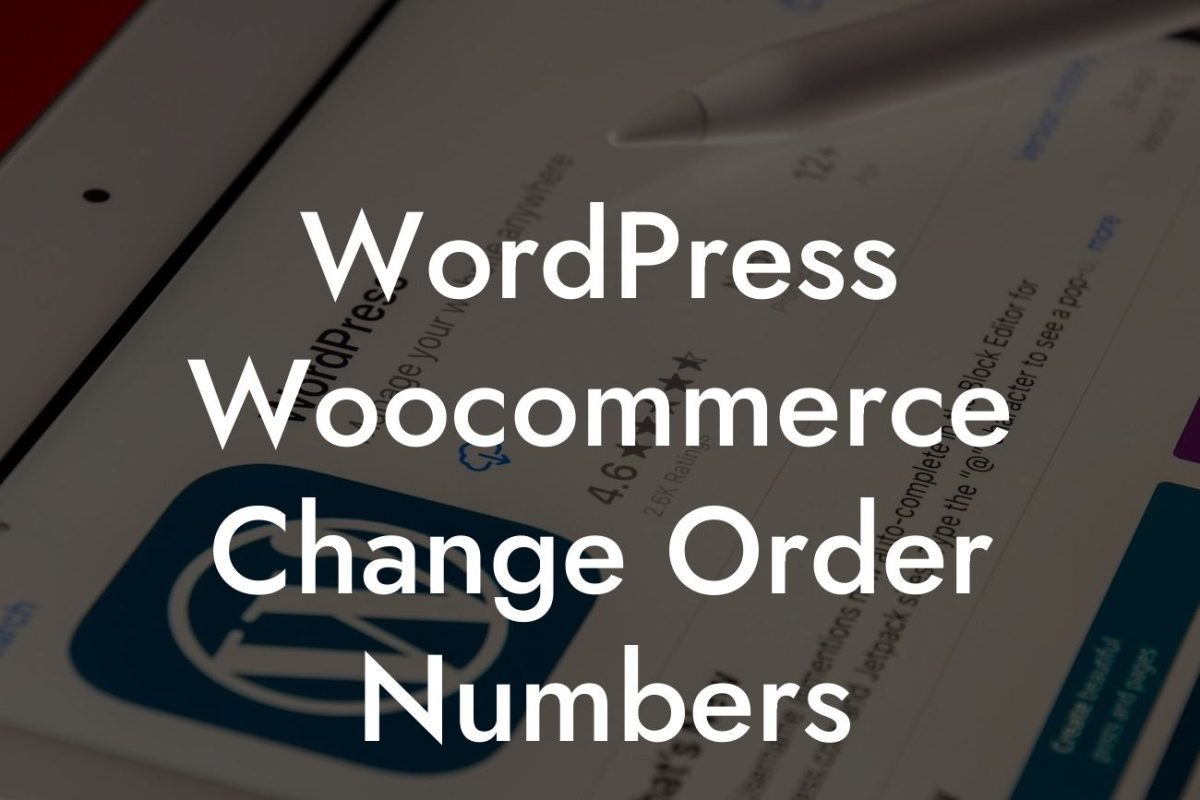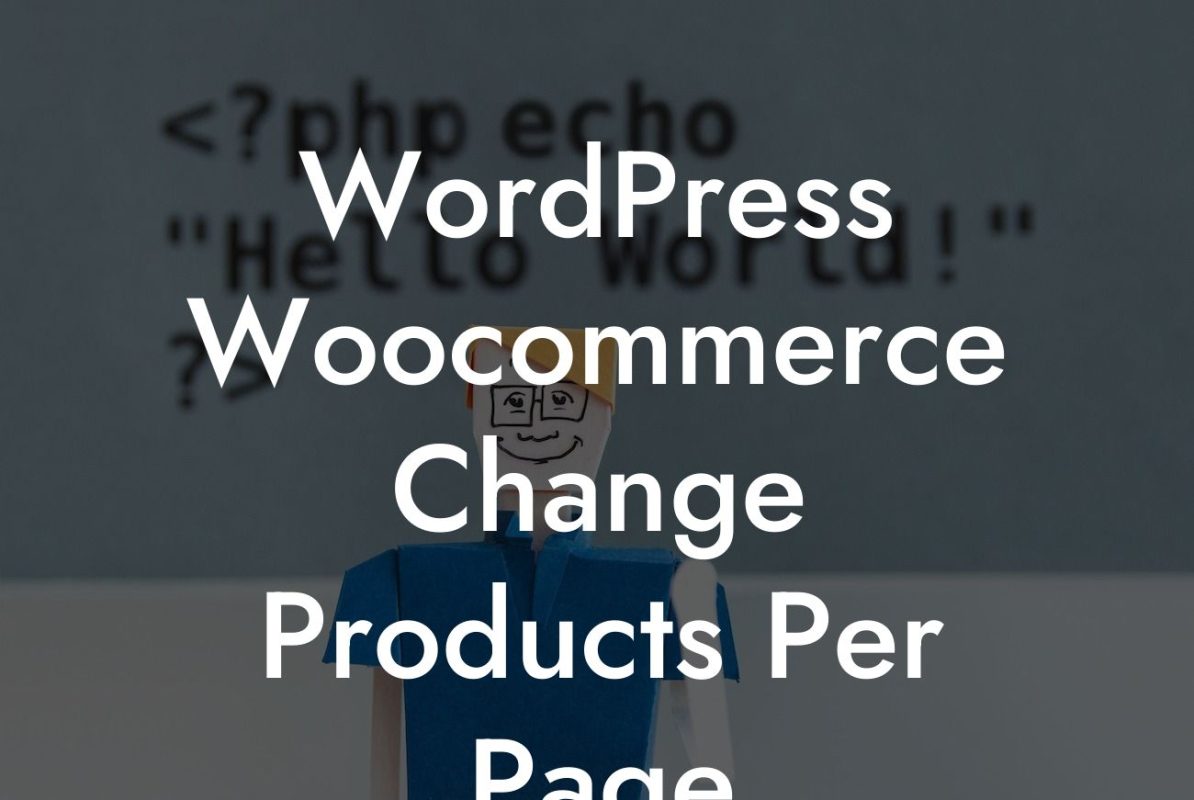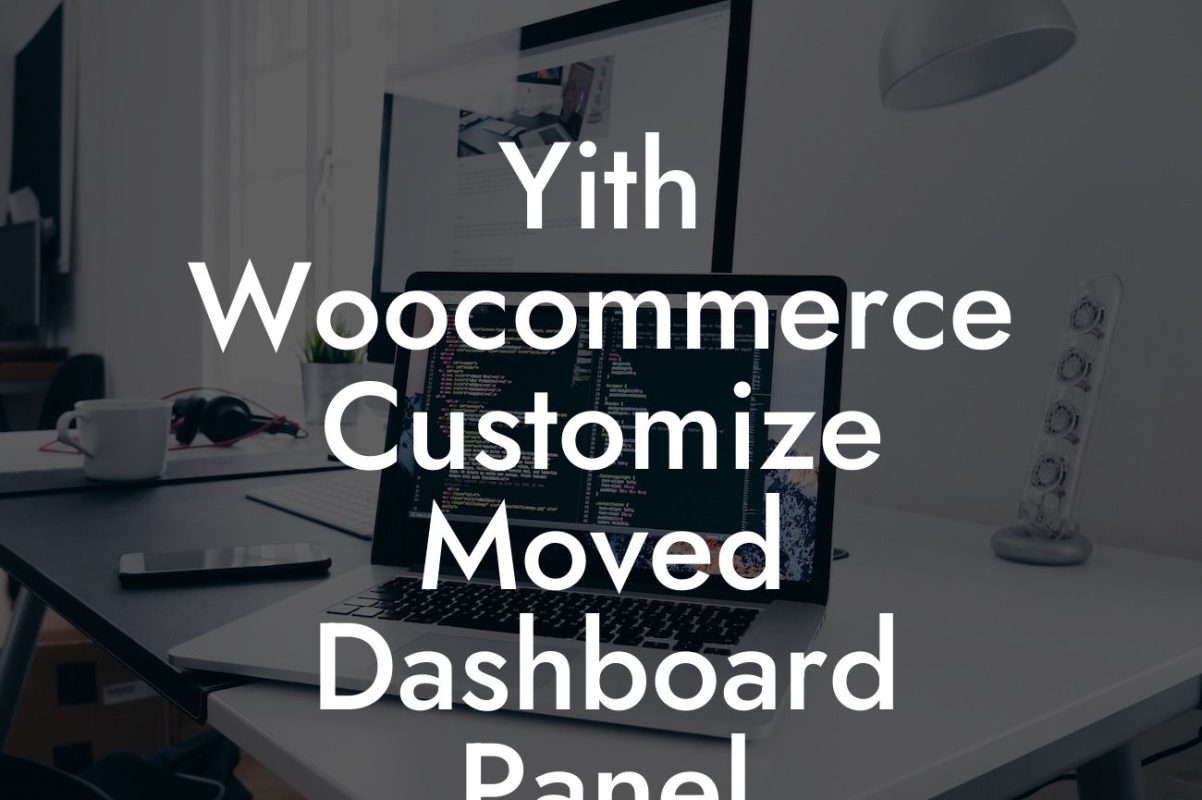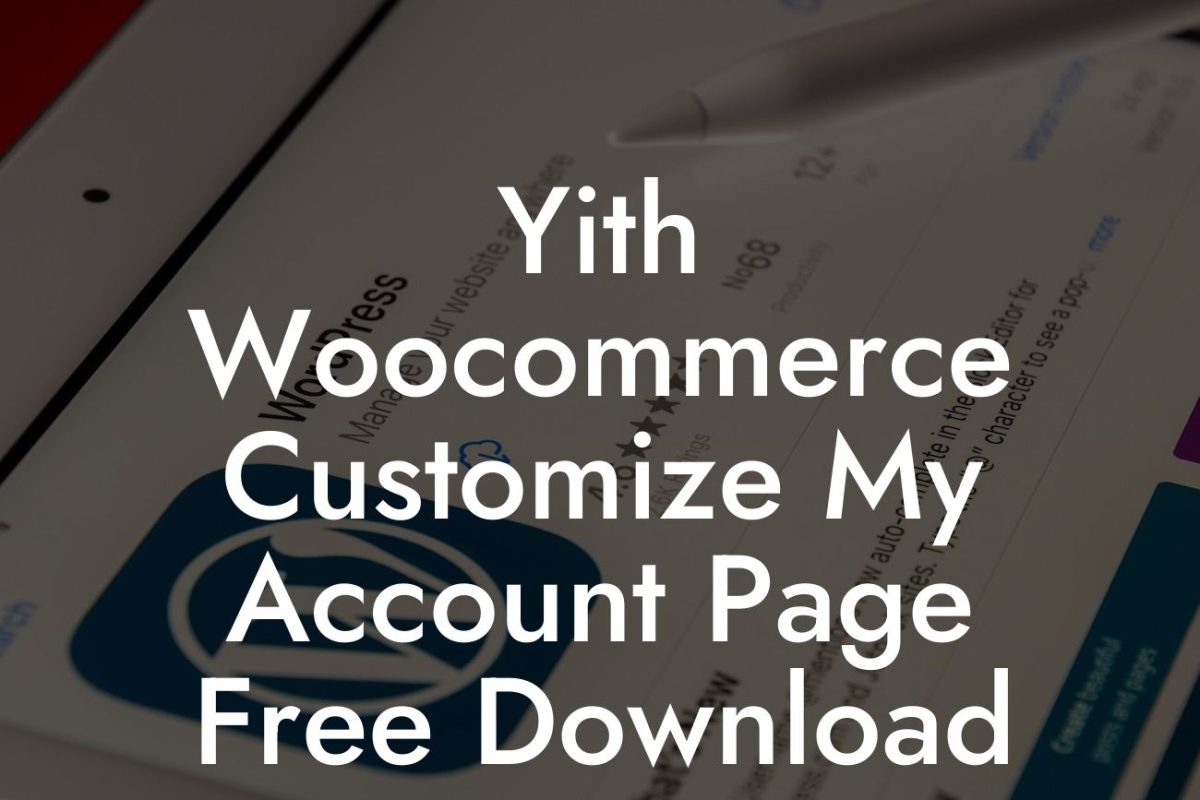Do you own an online store using Woocommerce and want to offer dynamic pricing based on the quantity of products purchased? Implementing this feature can help skyrocket your sales and boost customer satisfaction. In this article, DamnWoo will guide you through the process of changing product prices in Woocommerce based on quantity, providing you with step-by-step instructions and insightful tips.
Changing product prices based on quantity can create a sense of urgency and motivate customers to purchase more. Here's a detailed guide on how to achieve that:
1. Enable Quantity-based Pricing:
To get started, you need to enable quantity-based pricing within your Woocommerce settings. Navigate to the Woocommerce plugin settings, click on the "Products" tab, and then choose "General." Enable the option for quantity-based pricing to allow adjustments based on the quantity of products added to the cart.
2. Define Your Price Rules:
Looking For a Custom QuickBook Integration?
After enabling quantity-based pricing, you can define the price rules for different product quantities. Head to the Woocommerce dashboard, click on "Products," and select the product you want to apply quantity-based pricing to. Under the "Product Data" section, choose the "Inventory" tab, and locate the field for quantity-based pricing. Set the rules according to your desired pricing structure.
3. Apply Discounts or Markup:
To entice customers and drive more sales, consider applying discounts or markup to the product prices based on quantity. Woocommerce offers various discount plugins that seamlessly integrate with your store. Install a suitable discount plugin, configure the rules, and watch as your customers are encouraged to purchase more to avail of better deals.
Woocommerce Change Product Price Based On Quantity Example:
Let's consider an example to understand how quantity-based pricing works. Suppose you sell t-shirts on your online store. Normally, a t-shirt costs $20, but if a customer adds more than 5 t-shirts to their cart, you can offer a discounted rate of $18 per shirt. For any quantity above 10, the price further reduces to $16 per shirt. This strategy motivates customers to buy in bulk and increases your overall sales revenue.
By implementing quantity-based pricing in your Woocommerce store, you can enhance customer satisfaction, increase average order value, and boost your online sales. Experiment with different pricing strategies and monitor the results to find the sweet spot that maximizes your revenue. To explore more guides and leverage the power of WordPress plugins, visit DamnWoo now. Don't forget to share this article with fellow entrepreneurs looking to supercharge their online presence!

